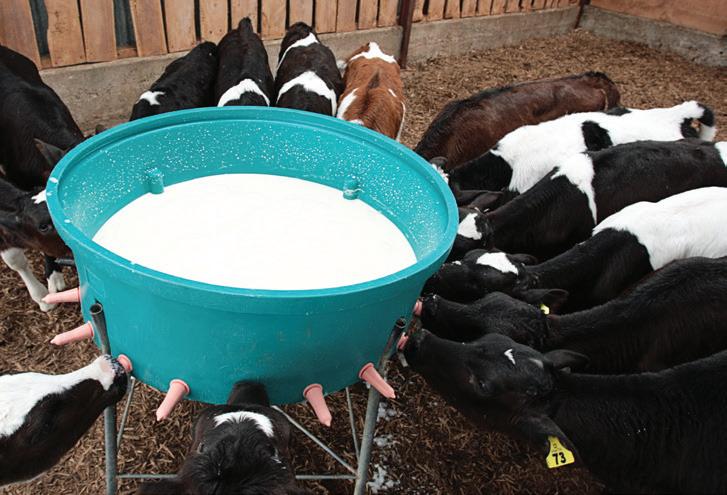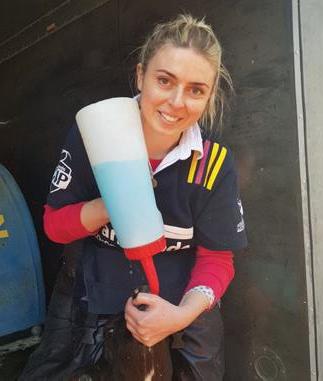
1 minute read
Calf selection
Selection of calves for rearing is important as it determines how successful the calf operation will be. It is best to avoid calves that are hindered from the start, as these calves will tend to be the poor-doers and will lag behind their age group.
Top tips for calf selection
• Buy from a reputable farmer if purchasing calves in and try and buy from as few sources as possible. • Ensure calves have been fed sufficient colostrum of the right quality soon after birth. If you are unsure if calves have received adequate colostrum, there are tests available to check the levels of immunoglobulins in the blood — contact your local veterinarian for more details.
If you have excessive calf health issues every year, it may be a good idea to look into this — particularly if you are purchasing the calves at 4 days old and have no control over the colostrum intake in those important first few days of life. • Check that no navels are infected — check for swollen navels. The navel should be dry and shrivelled. • Ensure calves are strong and bright — ears should be alert and not droopy and eyes should not be sunken (this indicates dehydration). • Ensure calves are not lame or sick. • Try and stay away from rearing calves from twins or an induced birth. • For heifer rearers, early born calves may not be the best animals genetically as later calving cows tend to be the higher producing animals. Rather than rearing the first born calves, it may be more beneficial to select calves throughout the calving period. • If buying calves in, ideally buy calves from farmers who take active steps to minimise disease threats such as rotavirus. • Do not purchase calves under 4 days old. • Make sure calves are able to stand and bear weight evenly on all 4 limbs. • Calves’ hooves should be firm and worn flat, not bulbous with soft unworn tissue. • Try and buy locally as much as possible to minimise transport stress. • If you are paying a premium price, make sure you are getting premium calves.
Following these guidelines will mean that sick and unhealthy calves are avoided from the start. These calves would only cost money and reduce the overall profitability of calf rearing.”









